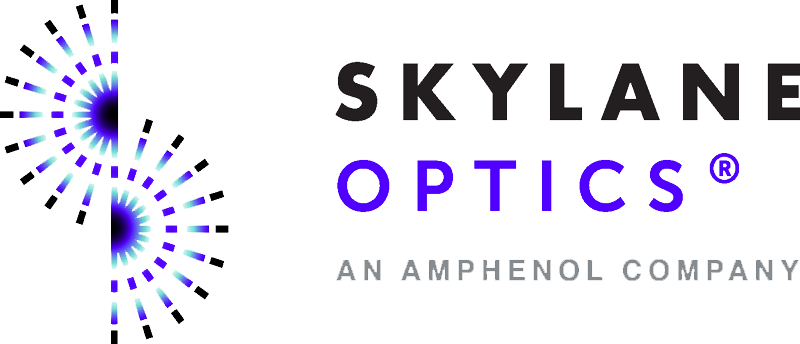How to move in the transceiver form factors jungle ?

With today deployment of 25G, 50g, 200G and 400G transceivers are popping up many new form factors on the market.
The biggest “fight” today is between QSFP-DD and OSFP where both are today used for 200G and 400G applications, they have a bunch of differences that we will highlight here.
- Size: While QSFP-DD is only a bit longer compared to a QSFP28, the OSFP is 1,5 bigger. In this case, bigger means less port density (36 ports vs 32 ports) but better heat dissipation. Basically, the QSPP-DD equipment will require a better thermal management than OSFP equipment since OSFP transceivers already has some thermal dissipation by design
- Power consumption: The OSFP will be in average < 15W while QSFP-DD will be average < 12W which leads to a huge difference when talking Hundreds or thousands of pcs in the fields.
- One of the biggest advantages of the QSFP-DD is that his designed allows it to be backward compatible with QSFP56 and QSFP28 form factor. Meaning that QSFP-DD equipment will allow the user to fill the port with QSFP28/56 as well as QSFP-DD and make the migration from 100G/200G to 200G/400G easier.
- On the OSFP Side, its size allows it to be 800G while QSFP-DD still has some improvement to do before getting ready.
- Coming to 200G/400G, both QSFP-DD and OSFP are using a DSP (Digital Signal Processor) allowing the NRZ modulation to be change into PAM4 modulation and the reverse way. More than that, the used DSP are able to handle much more modulation formats for the coming datarates.




